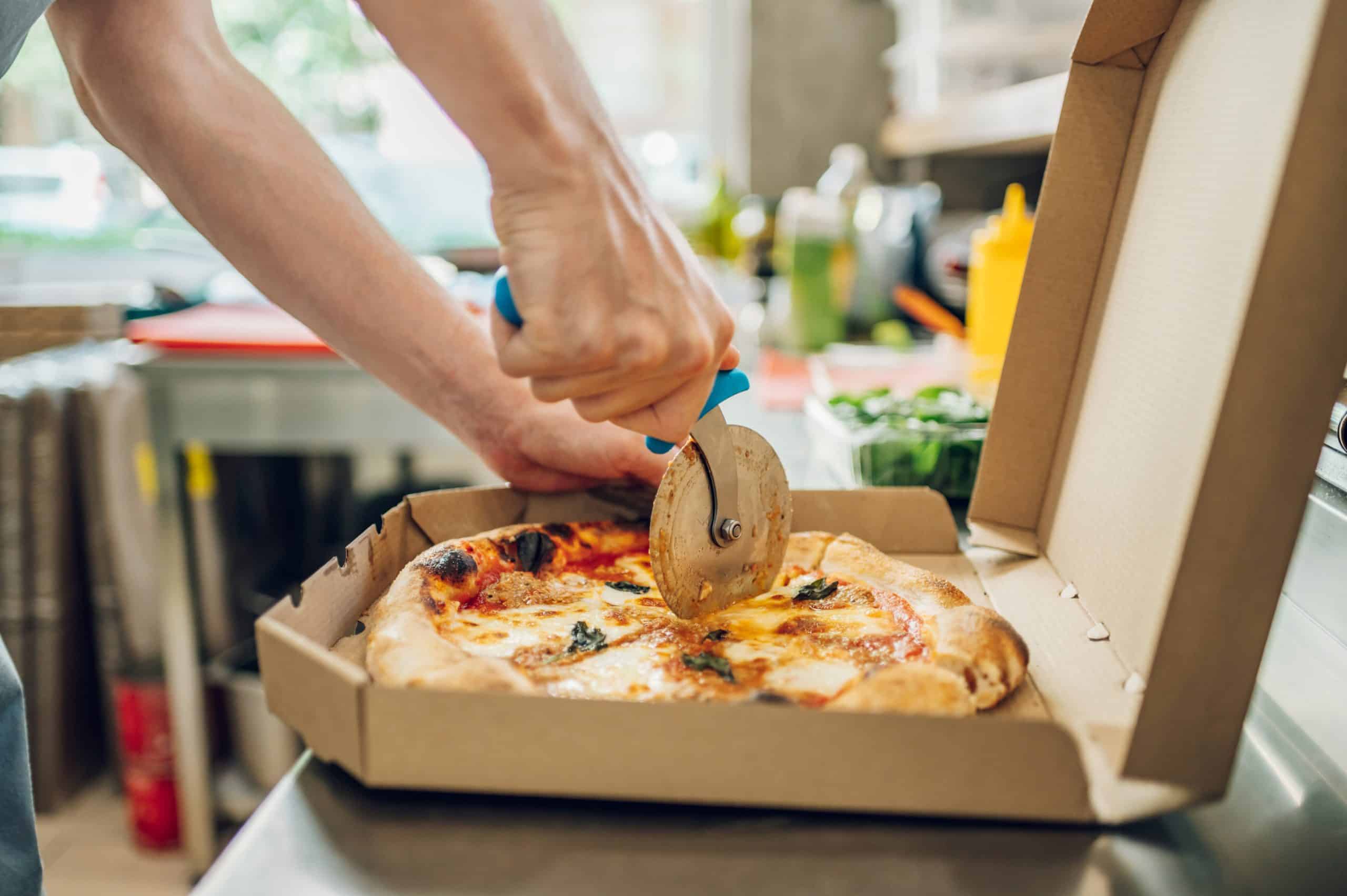What are the best practices for creating a gourmet fig and prosciutto pizza with arugula?

Crafting a gourmet pizza in your home oven can seem like a daunting task, but with a bit of knowledge and practice, you can create a pizzeria-worthy pizza in your humble kitchen. Today, we will explore the art of making a gourmet fig and prosciutto pizza with arugula. This exquisite pie features the delicate sweetness of figs, the salty punch of prosciutto, the peppery freshness of arugula, and the creamy indulgence of mozzarella. And the best part? It’s all homemade, from the sauce to the crust. So, let’s roll up our sleeves and dive in.
Choosing the Right Ingredients
The foundation of a delicious pizza lies in the quality of its ingredients. For this particular recipe, you’ll need fresh figs, prosciutto, arugula, mozzarella, and pizza dough.
In parallel : How to Master the Technique of Smoking Brisket for Ultimate Flavor and Tenderness?
Figs lend a unique sweet flavor that pairs beautifully with the savory prosciutto and tangy arugula. Opt for fresh, plump figs that are ripe but not overly so. Your prosciutto should be thinly sliced and of good quality. As for the arugula, look for light, vibrant leaves that are free from any blemishes.
When it comes to cheese, you can’t go wrong with fresh mozzarella. It offers a creamy, mild flavor that allows the other ingredients to shine. For the pizza dough, you have two choices. You can either make it from scratch or purchase pre-made dough from your local grocery store. If you have the time, making your own dough can really elevate the overall taste of your pizza.
In the same genre : What’s the Best Way to Prepare a Delicate Crab Bisque with Fresh Herbs?
Preparing the Pizza Dough
The dough is the bedrock of your pizza, providing the base for your toppings and creating that classic pizza experience with each bite. If you’re opting to make your own dough, start by combining yeast, sugar, and warm water in a bowl. Leave it for about 10 minutes, until it becomes frothy.
Next, add flour and salt to the mixture and knead until it forms a smooth, elastic ball. Cover this with a damp cloth and allow it to rise for about an hour, or until it has doubled in size. Once your dough is ready, it’s time to roll it out to your desired thickness. Apply a bit of oil to prevent it from sticking to your rolling pin or work surface.
If you’re using a pre-made pizza dough, simply roll it out on a lightly floured surface to your desired thickness. Make sure to even out the dough for a uniform crust and let it rest for 10 to 15 minutes before you start topping it.
Assembling and Baking the Pizza
Once your dough is ready, preheat your oven to its maximum temperature. If you have a pizza stone, place it in the oven while preheating. The stone absorbs heat, helping to achieve a crispy, evenly baked crust.
Next, lightly brush your dough with a bit of olive oil, then spread your pizza sauce evenly over the dough, leaving a small border for the crust. Remember, less is more when it comes to sauce. Too much can make your crust soggy and overpower the delicate balance of flavors in the toppings.
Now, it’s time to lay down your sliced mozzarella, then add your figs and prosciutto. Arrange these ingredients evenly to ensure that every bite has a bit of everything.
Place your pizza on the preheated stone or a baking pan and bake for about 12-15 minutes, or until the crust is golden and the cheese is bubbling.
Finishing Touches
While your pizza is baking, toss your arugula with a little olive oil and balsamic vinegar. This will give your greens a slight tang and help them stand up to the rich flavors of the pizza.
Once your pizza is out of the oven, allow it to cool for a couple of minutes. Then, top it with the dressed arugula and fresh fig slices for an added burst of sweetness.
And there you have it: a gourmet fig and prosciutto pizza with arugula, all created in your home oven. With these tips and best practices, you can turn your kitchen into your very own pizzeria, impressing family and friends with your pizza-making prowess.
Keeping it Fresh
Homemade gourmet pizza is best enjoyed immediately after baking. This ensures the crust remains crispy, the cheese is gooey, and the toppings are fresh. However, if you do have leftovers, store them in an airtight container in the refrigerator for up to two days. When reheating, avoid the microwave; instead, heat your pizza in a preheated oven for a few minutes to maintain the quality of the crust and toppings.
Remember, practice makes perfect. Don’t be discouraged if your first pizza isn’t as perfect as you hoped – with time and a little patience, you’ll master the art of gourmet pizza making at home. Happy baking!
Adding Flavor Twists
While the traditional fig, prosciutto and arugula pizza is a delight in itself, there are ways to add unique flavor twists to your homemade pizza. Depending on your preference, you can add goat cheese for a tangy contrast or swap out the mozzarella for a stronger cheese like gorgonzola.
You can also introduce more complexity by adding a layer of fig jam beneath your toppings. This sweet and sticky base accentuates the flavor of the figs and creates a mouthwatering balance with the salty prosciutto. Alternatively, use balsamic glaze to drizzle over the top of your pizza just before serving for a sweet and tangy finish.
If you have access to a pizza oven, make use of it! The high, intense heat of a pizza oven can impart a smoky, charred flavor to your crust and toppings that is difficult to achieve in a conventional oven.
Furthermore, a pizza stone is not just for baking. It can also be used to get that pizzeria style crust at home. The porous nature of the stone helps to absorb moisture from the dough, resulting in a crispy, chewy crust. If you don’t have a pizza stone, a preheated baking sheet can serve as a good alternative.
Conclusion: Mastering Your Homemade Pizza
After you’ve perfected your fig and prosciutto pizza recipe, don’t stop there! The concept of homemade gourmet pizza can extend beyond this singular flavor combination. Use the skills you’ve honed in making this fig and prosciutto pizza to experiment with other gourmet toppings.
Remember, the key to a great homemade pizza lies in the quality of your ingredients, the care you take in preparing your dough, and the balance of flavors you achieve with your toppings. With a bit of creativity and patience, you can transform your kitchen into a haven for gourmet pizza lovers.
In conclusion, making a gourmet fig and prosciutto pizza is more than just following a recipe. It’s an art form that embraces the balance of sweet and savory, the contrast of textures, and the joy of creating something delicious from scratch. So, gather your ingredients, preheat your oven, and get ready to take your pizza-making skills to the next level. Happy baking!
